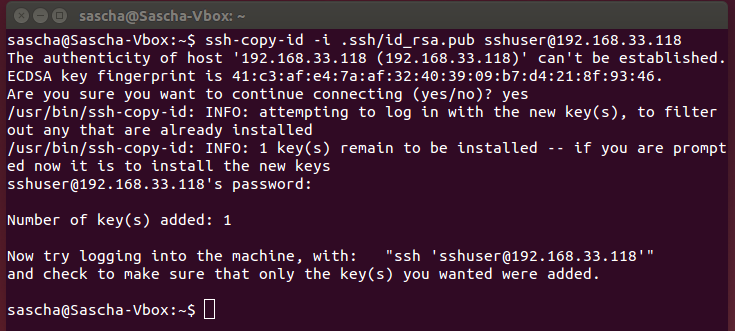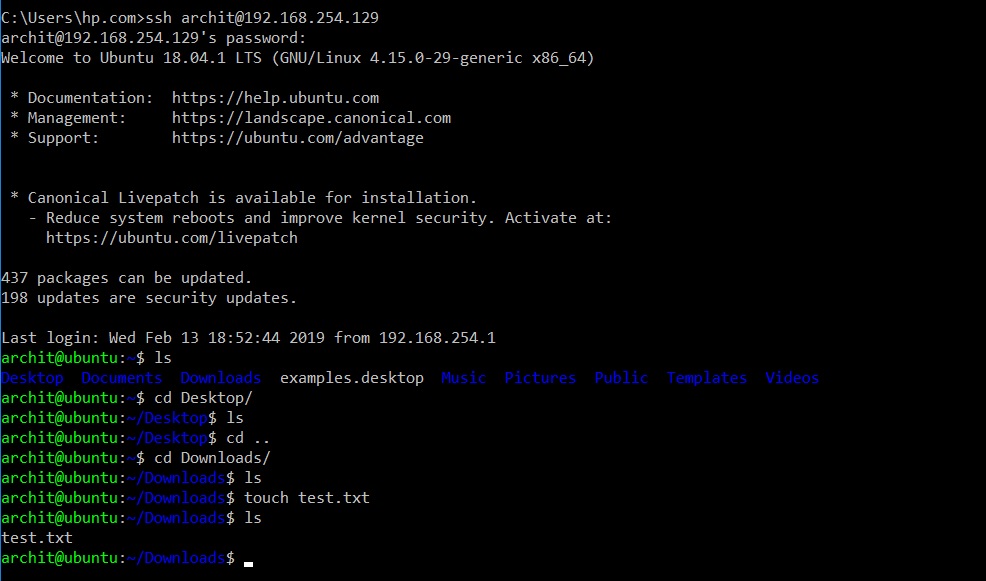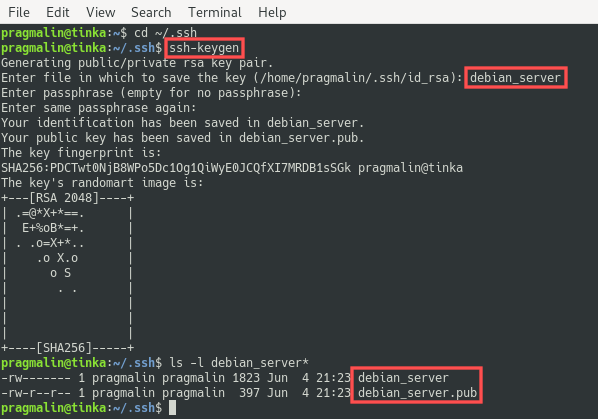

- #Ssh copy to local windows how to#
- #Ssh copy to local windows install#
- #Ssh copy to local windows windows 10#
- #Ssh copy to local windows password#
- #Ssh copy to local windows download#
You need to have OpenSSH Server installed first. The passphrase is used along with the presence of the private key on the SSH client to authenticate the user. The user will be prompted for the passphrase during authentication. Multi-factor authentication may be implemented with key pairs by entering a passphrase when the key pair is generated (see user key generation below). If the server-side public key can't be validated against the client-side private key, authentication fails. Key based authentication enables the SSH server and client to compare the public key for a user name provided against the private key. The public key is what is placed on the SSH server, and may be shared without compromising the private key. If someone acquires your private key, they can sign in as you to any SSH server you have access to. The private key files are the equivalent of a password, and should stay protected under all circumstances. SSH public key authentication uses asymmetric cryptographic algorithms to generate two key files – one "private" and the other "public". Key pairs refer to the public and private key files that are used by certain authentication protocols. If you're unfamiliar with SSH key management, we strongly recommend you review NIST document IR 7966 titled "Security of Interactive and Automated Access Management Using Secure Shell (SSH)".
#Ssh copy to local windows how to#
This document provides an overview of how to use these tools on Windows to begin using key-based authentication with SSH.

#Ssh copy to local windows windows 10#
Also the latest versions of Windows 10 comes with OpenSSH scp built-in and it can be installed on older versions too.Applies to Windows Server 2022, Windows Server 2019, Windows 10 (build 1809 and later) You can use WinSCP SFTP/SCP client, which has both GUI and command-line interface.Īnother alternative is PuTTY toolset, which includes the pscp command-line tool with a syntax similar to the OpenSSH scp command. In you have an SSH access from Windows to Linux, you have an SCP access too (or even better an SFTP access).
#Ssh copy to local windows download#
Though as you SSH into the Linux server from the Windows machine, you actually can download a file from the Linux server to the Windows server, instead of trying to upload the file from the Linux server to Windows server. See also Is IIS SFTP natively supported by Windows? I have prepared a guide for setting up SSH/SFTP server on Windows using this Microsoft build of OpenSSH. It can also be manually installed on older versions of Windows. Since Windows 10, Microsoft build of OpenSSH for Windows is included. To SCP a file to a Windows machine, you need an SSH/SCP server on the Windows. Now you should be able to SSH or SCP from your Linux machine scp FILE WINDOWS_IP:C:/Users/YOU/Desktop Note, you can still disable the Windows login screen by a) Setting the 'Require sign-in' option to never and b) Using the 'netplwiz' command and unticking the 'Users must enter password.' checkbox.
#Ssh copy to local windows password#
That still did not work, so I had to modify the sshd_config file.ĪuthorizedKeysFile C:/Users/YOU/.ssh/authorized_keysĬreate a password on Windows if you don't already have one System Settings.Sign-in options

The method above did not work for me, so I ended up manually SCPing the public key over and pasting it into the C:/Users/YOU/.ssh/authorized_keys file. cat C:\Users\YOU/.ssh/id_rsa.pub | ssh 'mkdir -p ~/.ssh & cat > ~/.ssh/authorized_keys'ĭo the same on your Linux machine (Note, ssh-copy-id does not work) ssh-keygen # if neededĬat ~/.ssh/id_rsa.pub | ssh 'mkdir -p ~/.ssh & type con > C:/Users/YOU/.ssh/authorized_keys' Note that ssh-copy-id is not currently available on Windows. ifconfigĬopy public key from local (Windows) to remote (Linux) machine so you don't have to type in a password all the time. On your remote (Linux) machine, find your IP address. Set-Service -Name sshd -StartupType 'Automatic' Start server and enable at boot Start-Service sshd
#Ssh copy to local windows install#
Install server Add-WindowsCapability -Online -Name OpenSSH.Server~~~~0.0.1.0 Install client Add-WindowsCapability -Online -Name OpenSSH.Client~~~~0.0.1.0 Get an admin command prompt Open PowerShell as an Administrator.Ĭheck available versions Get-WindowsCapability -Online | ? Name -like 'OpenSSH*'


 0 kommentar(er)
0 kommentar(er)
